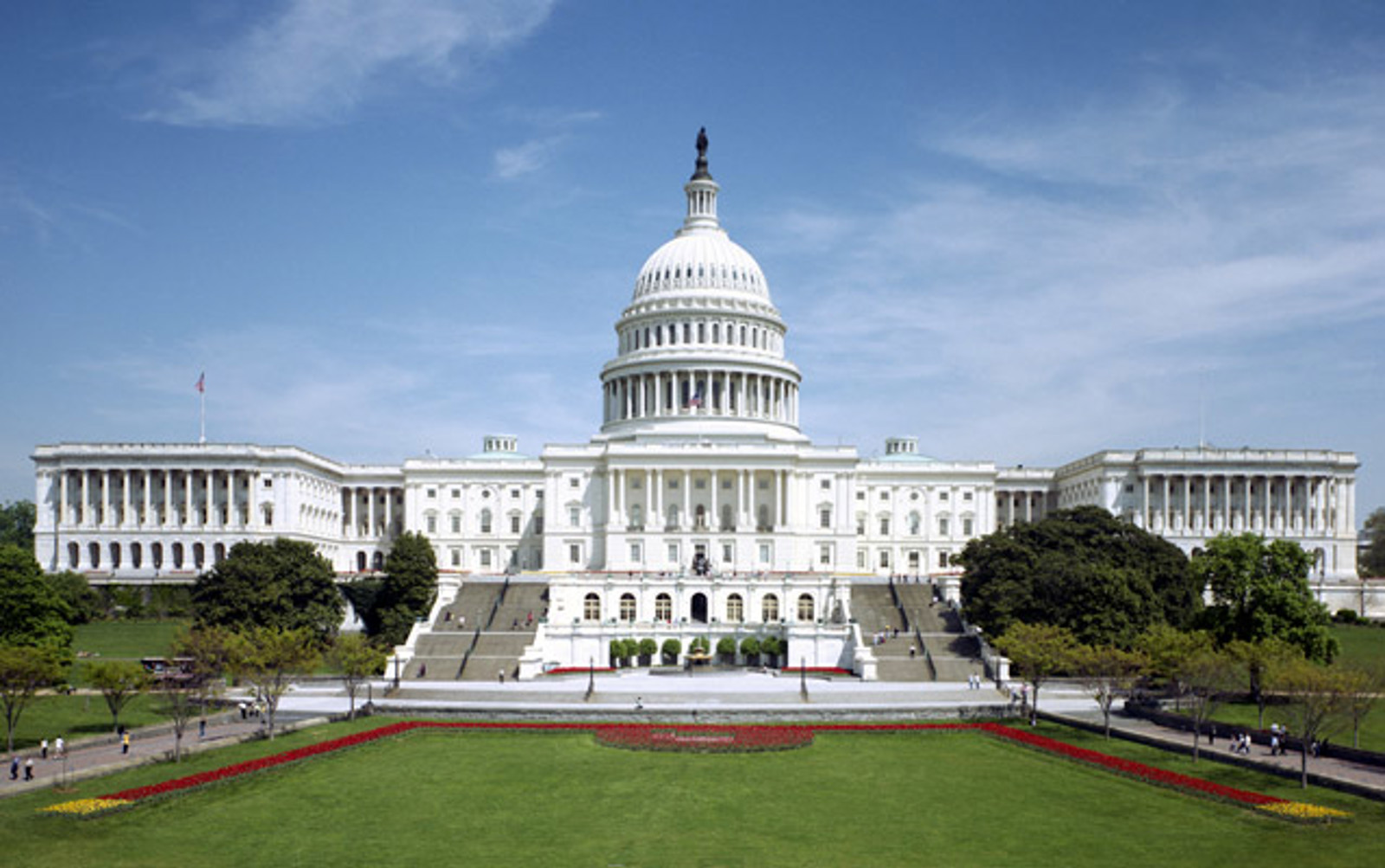Department of Education Revises Teacher Preparation Regulations
The Department of Education signaled its renewed effort to move forward on the controversial teacher preparation regulations that were proposed in 2014. On April 1, the Department issued a supplemental Notice of Proposed Rulemaking (NPRM) intended to govern teacher preparation programs offered via distance education. According to the NPRM, distance education would also include hybrid and blended models of instruction, so these programs would be covered by the proposed rule.
The proposed regulations, which have not yet been made final, offer clarification on two topics concerning teacher preparation provided via distance education programs: (1) state reporting responsibilities; and (2) TEACH Grant eligibility.
State Reporting Responsibilities
The Department has proposed that the trigger for a state to report on a teacher preparation distance education program from another state is when the state has certified at least 25 new teachers from a given program during a given year. When that threshold is met, the state must prepare an individual cohort report for that program to be included on its State Report Card. If the distance education program produces fewer than 25 newly certified teachers, then the state will use the procedures for data aggregation in the 2014 regulation to determine if reporting is still required.
Under the most recent proposed regulation, neither the physical location of the distance education provider nor the physical location of the enrolled student trigger reporting on the distance education program. The trigger for reporting is when the state certifies the new teacher from a distance education program. For example, if a student lived in New York while “enrolled in a distance education program” but became certified as a teacher in California, the State of California would be responsible for reporting on the program and not New York. Therefore, a single distance education provider could, in theory, appear on the State Report Cards of all 50 states.
TEACH Grant Eligibility
Under the 2014 underlying proposed regulations, students in “low-performing” or “at-risk of low-performing programs” were not eligible for TEACH Grants. In the most recent proposed regulations, students in a distance education program deemed “low-performing” or “at-risk of low-performing” by any state in two out of three years would lose TEACH Grant eligibility. So, if one state classifies a distance education program as low-performing in Year 1, and a different state classifies the program as low-performing in Year 3, no student in any state who participates in that same distance education program would be able to receive a TEACH Grant. For example, if a California student is enrolled in a distance education program deemed low-performing in New York in 2021 and low-performing by Mississippi in 2023, then the California student would lose their TEACH Grant even if California has deemed that same distance education program to be high-performing.
The Department will be accepting public comment on the newly proposed distance education regulations until May 2, 2016. NAICU plans to submit comments, along with other interested parties. See here for NAICU’s comments on the December 2014 regulations.
For more information, please contact:
Stephanie Giesecke

